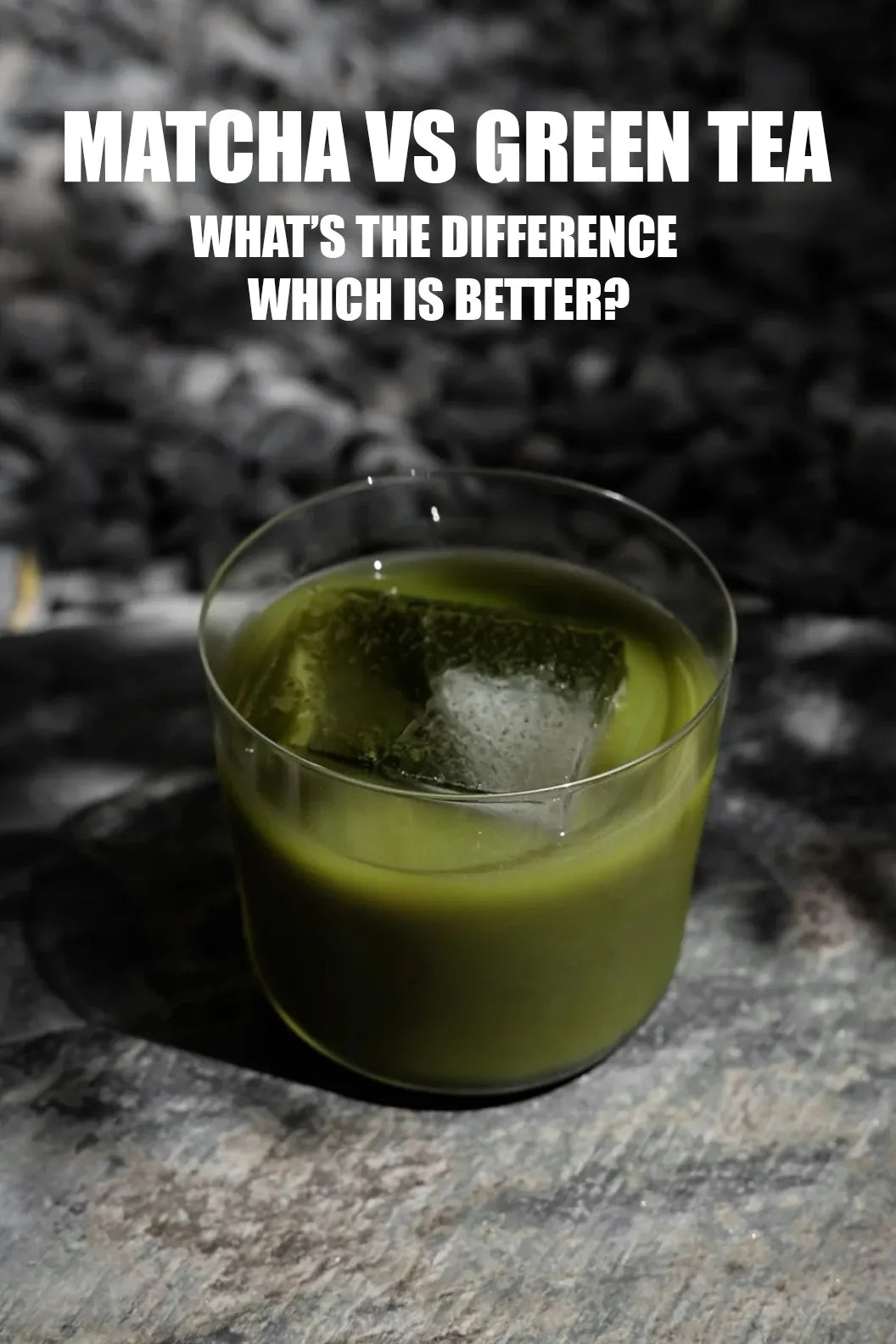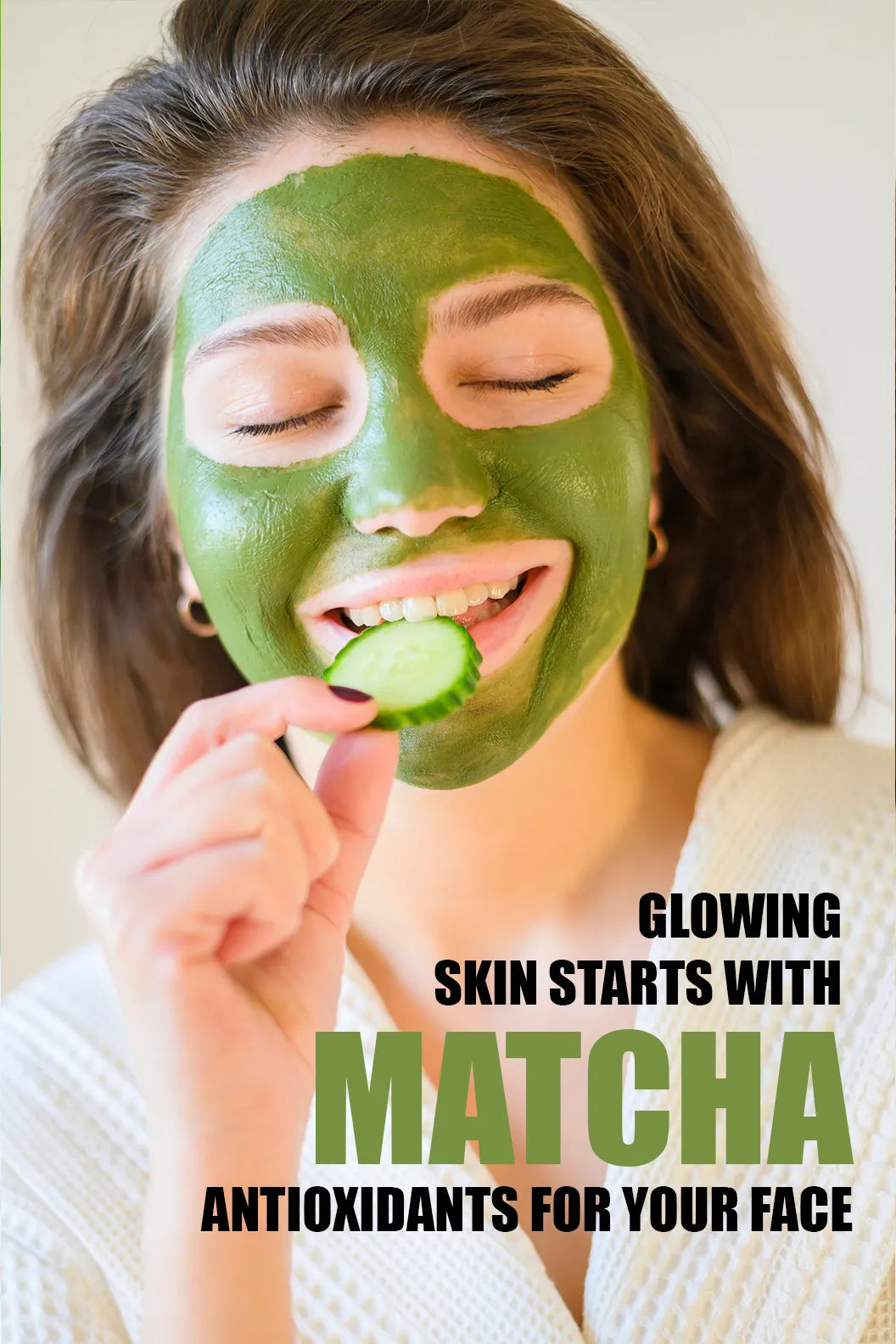Introduction: A Matcha Whisk Rooted in Jingshan’s Tea Legacy

The chasen (茶筅) – what we know today as the matcha whisk – wasn’t just invented in China. It was born in Jingshan (Mount Jing), a misty tea region in Hangzhou’s Yuhang District, over 1,000 years ago during the Song Dynasty.
Ancient texts tell the story: Cai Xiang’s Record of Tea (《茶录》) describes the whisking motion that defines great matcha: “Whisk in circles until froth fills four-tenths of the bowl.” Even more telling? Jingshan’s own tea manuals from the same era note, “Bamboo from Jingshan’s northern slopes makes the finest matcha whisk for creamy froth.”
While matcha culture evolved across East Asia, Jingshan’s craft stayed true. In 2021, “Jingshan Matcha Whisk Craft” was named a Zhejiang provincial intangible cultural heritage – a nod to its relevance for today’s matcha lovers. Now, Jingshan matcha whisks blend Song Dynasty techniques with modern needs: durable enough for daily lattes, elegant enough for tea ceremonies. No wonder they’re winning over matcha fans worldwide, from U.S. baristas to European home brewers.
The Story Behind the Whisk: Jingshan, Birthplace of Matcha Whisk Craft
Song Dynasty: Where Matcha Whisk Art Began
Jingshan wasn’t just a tea region – it was the heart of “froth culture.” Monks and scholars here spent centuries perfecting the art of whisking powdered tea into froth so thick, “a tea leaf could rest on top without sinking” (from Jingshan Tea Records). This wasn’t just about taste: the matcha whisk was a tool to turn tea into art.
This tradition spread across East Asia, but Jingshan kept the original craft alive.
How Jingshan Preserved the Craft
When loose-leaf tea grew popular after the Ming Dynasty, Jingshan’s tea families refused to let their matcha whisk skills fade. For generations, they’ve followed the “five steps of Jingshan matcha whisk making”:
- Pick 3-year-old moso bamboo from Jingshan’s sunlit northern slopes
- Split the bamboo into thin, flexible strips
- Shave the strips into tapered prongs (thick at the base, fine at the tip)
- Cure the whisk in mountain air for 60 days (letting the bamboo “settle”)
- Shape and polish the final whisk
In 2021, this process earned provincial heritage status – proof that old wisdom still works.
👉 See Jingshan matcha whisk heritage certification (Yuhang District Intangible Heritage Protection Center)
Jingshan Matcha Whisk Types: Find Your Perfect Fit
Not all matcha whisks are the same. Jingshan’s whisks are designed around how you use them – from quick morning lattes to slow tea ceremonies. Here’s how to choose:
1. By Craftsmanship: Balancing Quality & Practicality
| Craft Type | How It’s Made | Best For |
|---|---|---|
| Machine-Made | Machine-cut prongs, hand-finished by Jingshan artisans | Beginners, casual matcha drinkers |
| Semi-Handmade | Machine-assisted splitting, hand-shaved prongs (using Jingshan’s “7° curve” technique) | Daily use, home matcha lovers |
| Fully Handmade | Entirely crafted by heritage masters (5+ years of training) | Ceremonies, gifting, serious enthusiasts |
💡 “Our semi-handmade whisk is our most popular,” says Master Chen, a Jingshan artisan. “It uses slope-cured bamboo – tough enough for daily use, but still makes that silky froth matcha lovers want.”
2. By Prong Count: How Prongs Shape Your Froth
The number of prongs (bamboo bristles) directly affects your matcha’s texture. Jingshan’s traditional counts are tailored to different drinks:
| Prong Count | Froth Style | Best For |
|---|---|---|
| 60 Prongs | Light, airy froth with visible bubbles | Iced matcha, matcha lattes (with milk) |
| 80 Prongs | Smooth, medium-density froth | Daily matcha, beginner practice |
| 100 Prongs | Creamy, stable froth (Jingshan’s “gold standard”) | Classic matcha, Song-style tea at home |
| 120 Prongs | Silky, long-lasting froth (holds shape for 5+ minutes) | Tea ceremonies, gifting |
📌 Lab test from Hangzhou Jingshan Tea Research Institute: 100-prong Jingshan matcha whisks create 20% smaller bubbles than 80-prong ones. That means creamier, more flavorful matcha.
3. By Your Lifestyle: Whisk for Your Routine
| Who You Are | What You Need | Jingshan Whisk Pick |
|---|---|---|
| Busy Professional | Quick, no-fuss whisking for morning matcha | 80-prong Semi-Handmade |
| Matcha Enthusiast | Rich froth, durable enough for 2–3 cups daily | 100-prong Semi-Handmade (slope-cured bamboo) |
| Café Owner | Consistent froth, bulk use, budget-friendly | 100-prong Semi-Handmade (10-piece set) |
| Gift Giver | Heritage story + premium quality | 120-prong Fully Handmade (comes with a Jingshan tea history card) |
Why Jingshan Bamboo Makes Better Matcha Whisks
It’s not just craft – it’s the bamboo. Jingshan’s location (300–500m elevation, 1,400mm annual rain) grows moso bamboo that outperforms other varieties, including Japan’s Kyoto bamboo:
| What Matters | Jingshan Moso Bamboo | Japanese Kyoto/Ume Bamboo |
|---|---|---|
| Flexibility | 18% more flexible (bends without breaking) | Finer but 10% less flexible |
| Mold Resistance | Natural wax layer (no chemicals needed) | Needs artificial wax to resist moisture |
| Cost | 35–55% cheaper (local bamboo + no import fees) | Premium priced (limited supply + ritual markup) |
| Versatility | Works for lattes, ceremonies, daily use | Best only for formal rituals |
“Jingshan bamboo has ‘memory’,” says Master Chen. “It bends when you whisk, then springs back – that’s why our whisks last longer.”
Craft Secrets: How Jingshan Whisks Outperform
Jingshan artisans don’t just make matcha whisks – they refine them for modern life:
- Slope-Choice Bamboo: Only bamboo from Jingshan’s northern slopes is used. “Sunny, well-drained soil makes the fibers stronger,” explains Master Chen.
- The 7° Curve: Prongs are shaved at a 7° angle. Tests show this shape traps more air, creating creamier froth with less effort.
- Mountain Curing: Whisks air-dry for 60 days in Jingshan’s misty valleys. It’s slower than factory drying, but makes bamboo 20% more resilient.
- Safety First: All Jingshan matcha whisks meet China’s GB 4806.9-2016 food safety standards and pass EU LFGB tests – safe for daily use.
Japanese matcha whisks are beautiful, but they’re often delicate: they need humidity-controlled storage, can’t handle daily use, and cost more. Jingshan whisks? Built to be used – no fussy rules.
How to Care for Your Jingshan Matcha Whisk
Jingshan bamboo is tough, but a little care goes a long way:
- Cleaning: Rinse with cool water (no soap!). “Soap strips the bamboo’s natural oils,” says Master Chen. Shake gently to remove excess water.
- Drying: Stand it prongs-up on a small dish in a shaded, airy spot. (Mimics Jingshan’s mountain air – keeps bamboo from drying out.)
- When to Replace: If prongs lose their curve, or if it takes more than 12 seconds to create froth.
💡 Pro tip from Jingshan: “Once a month, set your whisk in morning sun for 10 minutes. The light revives the bamboo’s flexibility.”
FAQ: What Matcha Lovers Ask About Jingshan Whisks
Q: Why is Jingshan bamboo better for matcha whisks than other bamboo?
A: Jingshan’s climate (elevation, rain) grows bamboo with dense, elastic fibers. Tests show it stays flexible 20% longer than regular moso bamboo – key for a whisk that bends but doesn’t break.
Q: Do Western matcha lovers notice a difference?
A: Absolutely – here’s what they say:
-
“My 100-prong Jingshan whisk makes froth so creamy, my latte art lasts longer. My old Japanese whisk? Froth would fade fast.” – Tom, barista in Portland, U.S.
-
“I use it every morning for 8 months. Prongs still look new. My last whisk (Japanese) started bending at 4 months.” – Lena, blogger in Paris
-
“Customers ask about the Jingshan history card. It’s not just a whisk – it’s a story. Sales are up 30% since we switched.” – Paolo, café owner in Milan
Q: Can I buy Jingshan matcha whisks outside China?
A: Yes. We ship worldwide. Standalone whisk orders arrive in 3–7 business days; orders with other products take 7–12 days. Easy returns, too.
Conclusion: More Than a Whisk – a Piece of History
A Jingshan matcha whisk isn’t just a tool. It’s 1,000 years of craft, shaped for your daily life. Whether you’re whisking a quick latte or slowing down for a tea ceremony, it brings Jingshan’s legacy to your cup – durable, affordable, and full of story.
Ready to elevate your matcha? Try a Jingshan matcha whisk – the original, reimagined.
🛒 Shop Jingshan Matcha Whisks → Our Collection
🍃Discover more matcha knowledge. Head over to the blog "What is Matcha?"



